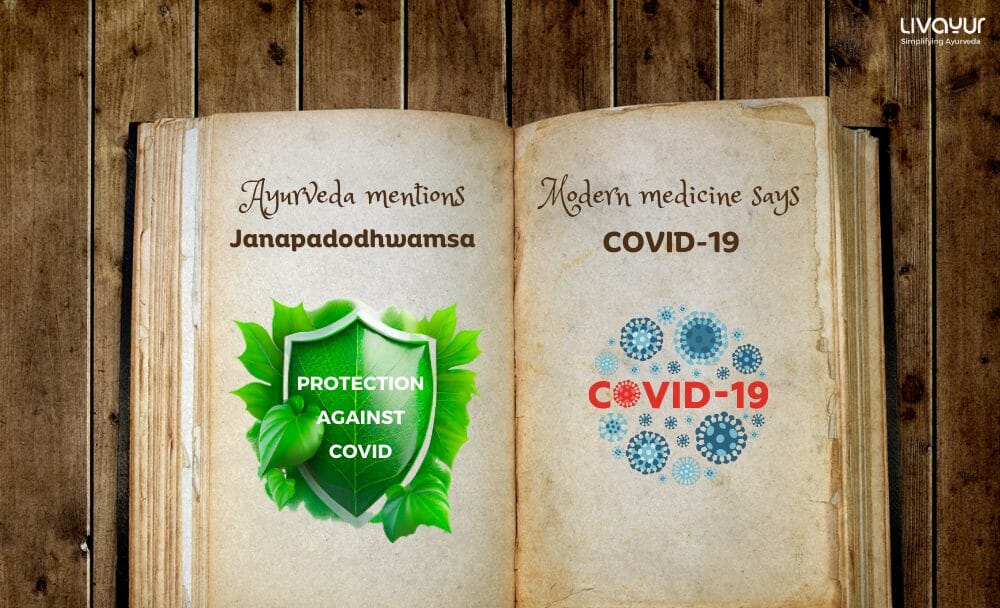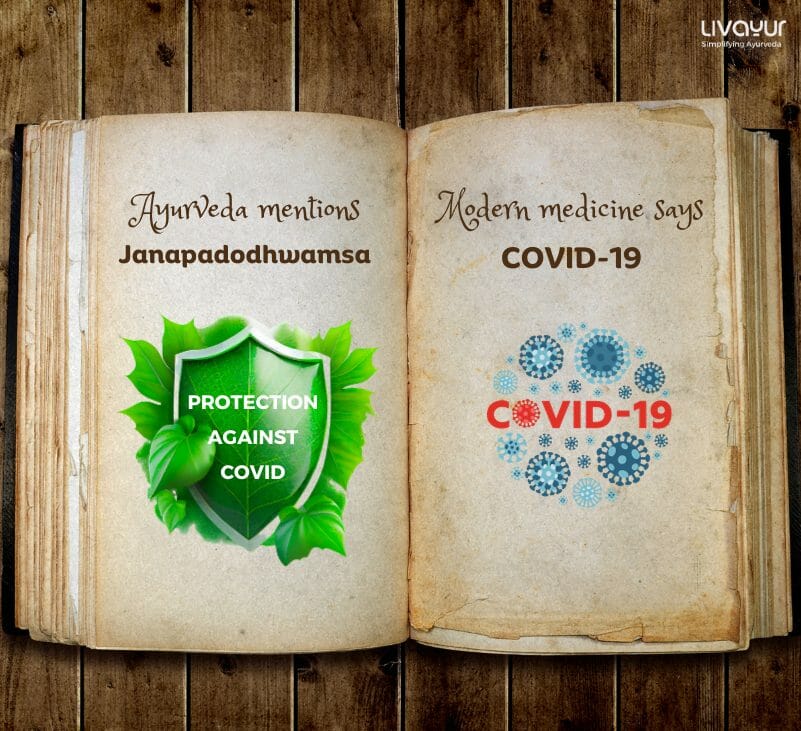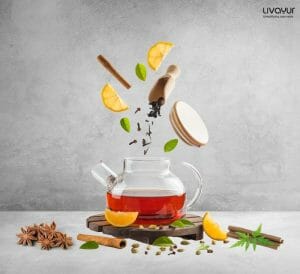
The COVID-19 pandemic has hit the world in ways we may have never imagined. Who would’ve thought that a virus, in the times when medical technology is at its pinnacle, would bring the world down to its knees? But here we are today – masked, unable to hit the gym, meet our friends, go on a vacation or do things we used to before. Although the restrictions have now eased, there’s still a fear that lingers when (and if) we do leave our homes.
It is just more than a year since the first case of SARS-CoV-2 was found, yet we have relatively low amount of information about the virus and the disease, and vaccines that are still in the trial phase. But what raises curiosity is — if after such advancements in the medical field and with the availability of highly advanced and accurate technology, we aren’t able to find a cure for a disease, how did outbreaks and epidemics end back when there was nothing?
India has seen epidemics and outbreaks before, they have not been new, so what cured them back then? The answer is Ayurveda. In this article, we’ll discuss in brief how Ayurveda views the current pandemic.
The Ayurvedic Perspective
Back in time when Ayurveda was at the forefront of healthcare it recorded epidemics and categorized them under the broad terms as janapadodhwamsa or maraka. The term janapadodhwamsa comprises two words – Janapada which means a large population and Udhvamsa which means to destroy or destruction. When put together, the term is used to describe a disease that affects or causes damage to a large number of people.
Ayurvedic literature suggests that factors responsible for Janapadodhwamsa are generally common to people of a particular community like vayu (air), jal (water), desha (habitat) and ritu (seasons). Adharma (sinful acts), rakshasa (demons) and abhishap (curses) were also considered to be the reasons responsible for Janapadodhwamsa.
In Ayurveda, there are categories and concepts of illnesses caused by factors that cannot be controlled by human intelligence. It includes sarsargaja (contagious) and upsargaja (infectious) diseases. The concepts and theories of janapadodhwamsa have been found to be relevant to the current theories of pandemics and epidemics by modern researchers.
Causes Of Current Pandemic
Charaka Samhitha and Sushrutha Samhitha are two Ayurvedic texts in which the pathophysiology of epidemics in context to COVID-19 was found to be as follows:
- Adharma: Adharma roughly translates to bad deeds. In context to pandemics adharma indicated activities that contribute to the destruction of nature and other sustaining principles of life such as air, water, land, etc.
- Disturbance to Land Ecology: Ayurveda emphasis on the importance of environmental balance. It talks about the dependency of life form on nature, and how a clean environment is essential for sustaining life. However, today, with rapid urbanization, the destruction of mountains, forests and life forms like animals and plants has disrupted the ecosystem and disturbed the balance.
Such disturbances in the balancing forces of nature like land, water ecology, seasons, air currents, etc lead to vitiation of doshas in humans which makes them susceptible to various illnesses. Such changes also affect the oshadhis or crops that yield food by reducing their nutritive values, leaving humans undernourished and weak to fight diseases. Ayurveda believes that all these environmental factors when combined with agni mandya or sluggish metabolism is what leads to humans falling prey to infectious diseases like COVID-19.
Ayurvedic Approach To Preventing Or Lowering The Risks Of Infections
Just like modern medicine talks about building immunity to fight infections, Ayurveda talks about building the strength of mind and body. Similar to the concept of acquired and innate immunity in modern medicine Ayurvedic concept of bala (strength) is classified into three categories – sahaja (natural), kalaja (chronobiological) and yuktikrut (acquired).
The approach used by Ayurveda for treating health ailments and promoting swasthavritta is rather holistic. It includes therapeutic cleansing procedures such as panchkarma and certain rasayana (immunomodulators). How a therapy may benefit an individual depends on the individual’s doshas – vata, pitta and kapha.
According to Ayurvedic literature, preventive care depends on your dincharya (daily routine) and ritucharya (seasonal regimes). They help in maintaining health, immunity and longevity. Therefore, it is essential to maintain a healthy lifestyle and take care of the environment and the surroundings to ensure good health.
Ayurvedic Herbs To Help Boost Immunity & Fight The Virus
Until we have a vaccine or a cure for COVID-19, our best bet to fight the disease is to build strong immunity. Here are some Ayurvedic herbs that will help you strengthen your immune system.
- Gunduchi: It is a herb with distinct heart-shaped leaves and holds prime importance in Ayurvedic medicine. It is used to treat infections, fevers, UTIs, digestive disorders in Ayurveda.
How To Consume: The herb is usually available in powdered form. One teaspoon can be mixed with water and honey and be consumed daily.
- Ashwagandha: Ashwagandha is a popular Ayurvedic herb that is used for increasing strength and boosting immunity. It grows as shrubs and the extracts/powder of its roots and leaves are used to enhance health.
How To Consume: You can consume Ashwagandha powder with milk or pop in a chruna ball after dinner.
- Tulsi: This commonly found plant in India is worshiped as a deity in many cultures. Along with its mythological relevance, this herb is very popular in Ayurveda as an immunity-boosting agent.
How To Consume: You can consume tulsi or holy basil leaves raw, or you can boil 2-3 leaves in water – drink the water and chew the leaves. Consuming a few fresh leaves in the morning is ideal.
- Moringa: Moringa holds a very important place in Ayurvedic medicine because of its powerful properties that help in enhancing immune functions. The ethanolic extracts of this herb has a significant immunomodulatory effect on the immune response.
How To Consume: Moringa leaves can be included in herbal teas, or converted into powdered form and consumed with water.
- Neem: Neem is also referred to as the ‘miracle herb’ for all the right reasons. It is packed with antimicrobial properties. It cleanses the blood eliminating all the toxins from the body and helps the body fight pathogens and infections.
How To Consume: Ideally, fresh leaves of the herb must be consumed early in the morning on an empty stomach.
















